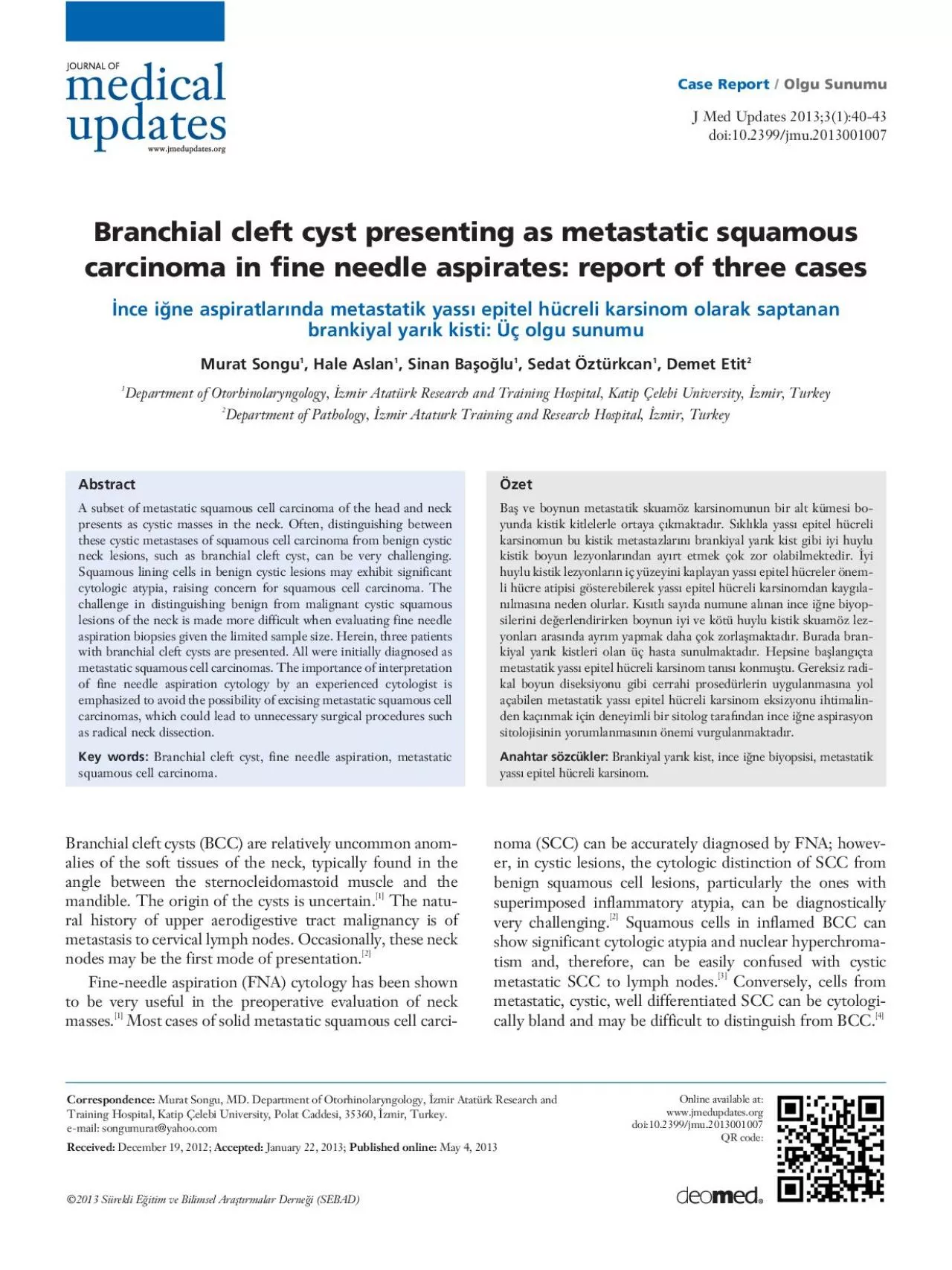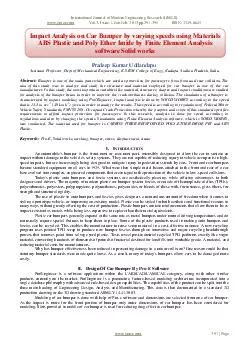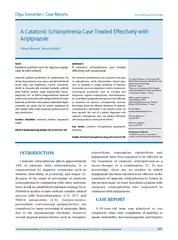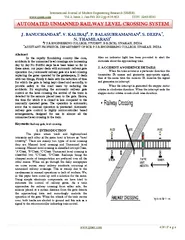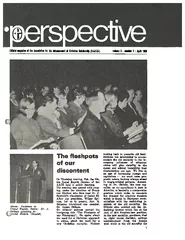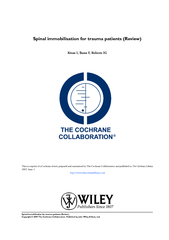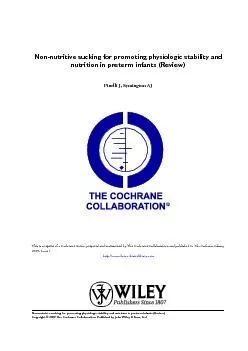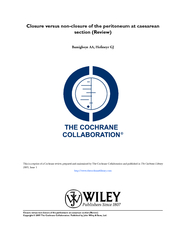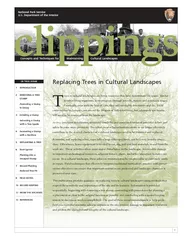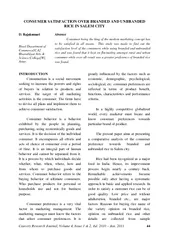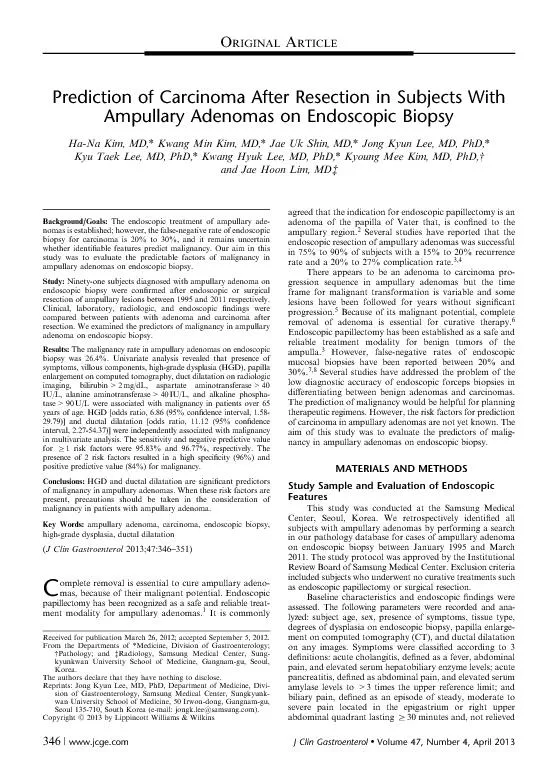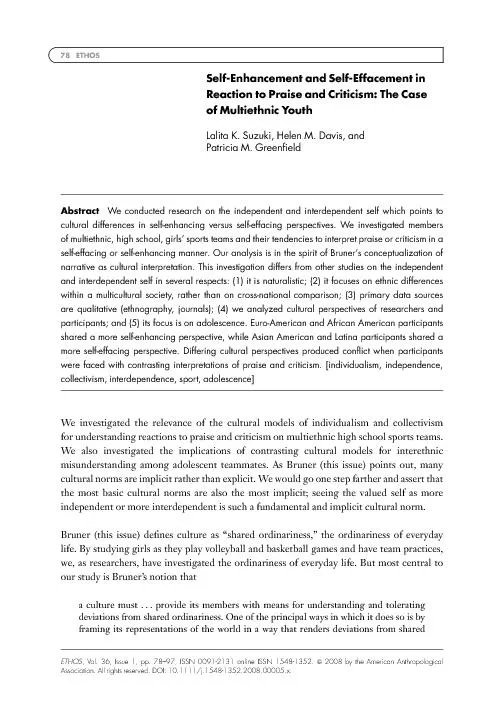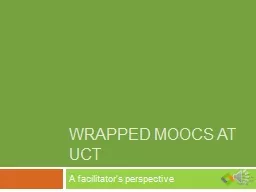PDF-Cilt Volume3 Issue1 April2013
Author : hadly | Published Date : 2022-08-19
Branchial cleft cyst presenting as metastatic squamous carcinoma in fine needle aspirates 43 Imaging techniquesused for these patients can yield incorrect results
Presentation Embed Code
Download Presentation
Download Presentation The PPT/PDF document "Cilt Volume3 Issue1 April2013" is the property of its rightful owner. Permission is granted to download and print the materials on this website for personal, non-commercial use only, and to display it on your personal computer provided you do not modify the materials and that you retain all copyright notices contained in the materials. By downloading content from our website, you accept the terms of this agreement.
Cilt Volume3 Issue1 April2013: Transcript
Download Rules Of Document
"Cilt Volume3 Issue1 April2013"The content belongs to its owner. You may download and print it for personal use, without modification, and keep all copyright notices. By downloading, you agree to these terms.
Related Documents

